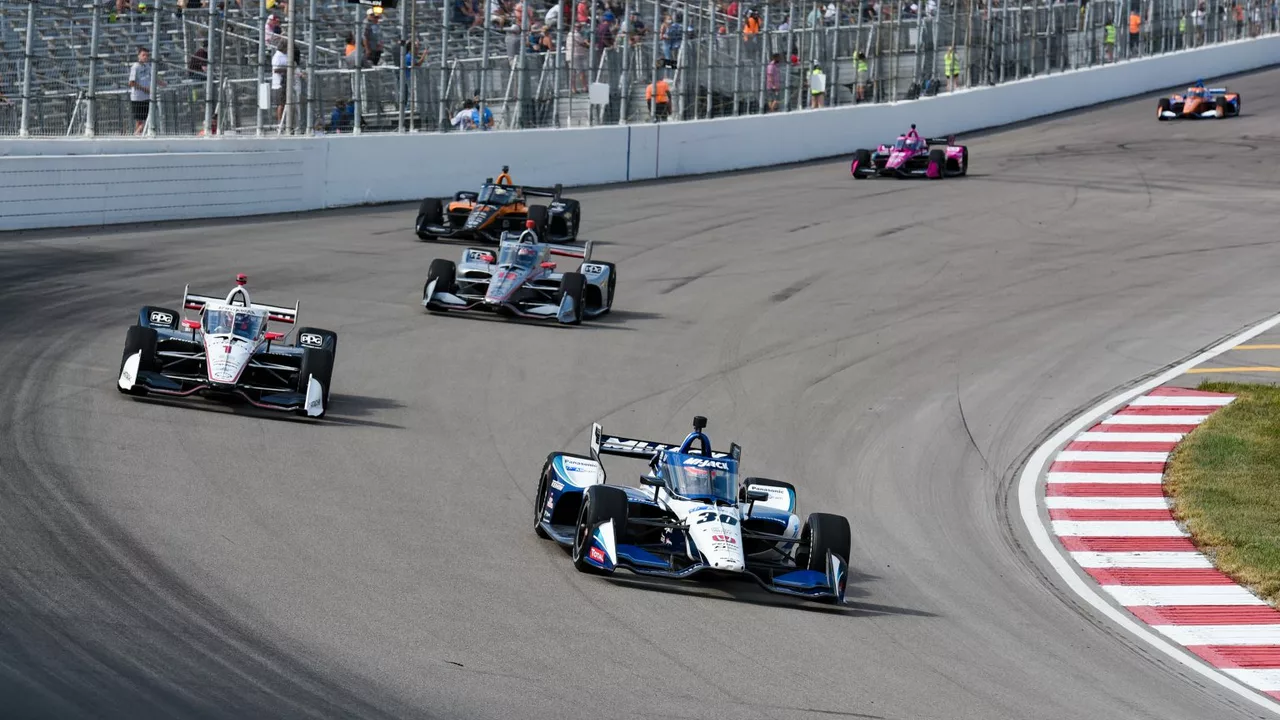Motorsport Comparison: What Sets Each Racing Discipline Apart
Ever wondered why a Formula 1 car looks nothing like a motocross bike or why a Le Mans prototype can out‑last a sprint‑style race car? The answer lies in the rules, the tracks, and the raw purpose of each series. Below we break down the biggest contrasts so you can spot the unique thrills of every motorsport without getting lost in jargon.
Track Layouts and Vehicle Restrictions
Formula 1 runs on purpose‑built circuits with tight corners, long straights, and strict aerodynamic limits. Every component, from wing angle to tire compound, is regulated to keep the field tight. In contrast, an unrestricted auto race—think “no vehicle limits” scenarios—lets a Ferrari sit next to a rocket‑powered go‑kart or even a jet‑engine monster truck. The chaos creates huge speed differentials, making overtaking a gamble and safety a major concern.
Le Mans tells a different story. It’s an endurance marathon where cars run for 24 hours straight, so durability beats outright speed. Teams balance fuel efficiency, driver stamina, and night‑time visibility. Meanwhile, motocross strips everything back to dirt, jumps, and rider skill. The track is a single lap of mud, whoops, and rhythm changes, demanding quick reflexes more than aerodynamics.
Physical Forces and Driver Experience
When you hear “G‑force,” think about the crush you feel in a corner. Formula 1 drivers regularly endure 5 G lateral forces, while rally drivers might feel jolts from uneven terrain. In motocross, the G‑load is less about side‑to‑side pressure and more about vertical jumps that launch the rider into short‑term weightlessness. The result? Different training regimes—F1 pilots focus on neck strength, motocross riders prioritize core stability and balance.
Le Mans adds endurance fatigue into the mix. Drivers swap in and out, fighting sleep deprivation and maintaining focus for long stints. The mental strain is comparable to a marathon runner’s “hit the wall” moment, only behind a steering wheel at 200 km/h. Understanding these forces helps you appreciate why each discipline crowns different kinds of champions.
So, what does all this mean for a fan? If you love high‑tech precision and split‑second strategy, Formula 1 and Le Mans will feel like chess at 300 km/h. If you crave raw, unfiltered adrenaline and powder‑filled airtime, motocross is the playground. And if you’re into pure speculation—what if a super‑car faced a jet‑truck on a track?—the unrestricted auto race concept shows how far imagination can stretch the sport’s limits.
Bottom line: motorsport isn’t a single beast. Each series tailors its rules, technology, and physical demands to create a distinct spectacle. Knowing the differences lets you pick the right race to watch, discuss, or even try yourself. So next time you hear a roar, you’ll know exactly what makes that sound unique.
Why has IndyCar never gone global like Formula 1?
In my exploration of why IndyCar has not achieved global recognition like Formula 1, several factors emerge. Firstly, IndyCar is predominantly focused on American circuits, with a unique blend of oval, road, and street courses that don't appeal to international audiences as much. Second, Formula 1's aggressive marketing and branding strategies have given it a significant edge and international appeal. Furthermore, the technical differences and regulations between the two make IndyCar less appealing to global viewers who prefer the technology-driven nature of Formula 1. Lastly, the level of competition and the iconic status of Formula 1 teams and drivers has also contributed to its global dominance over IndyCar.
